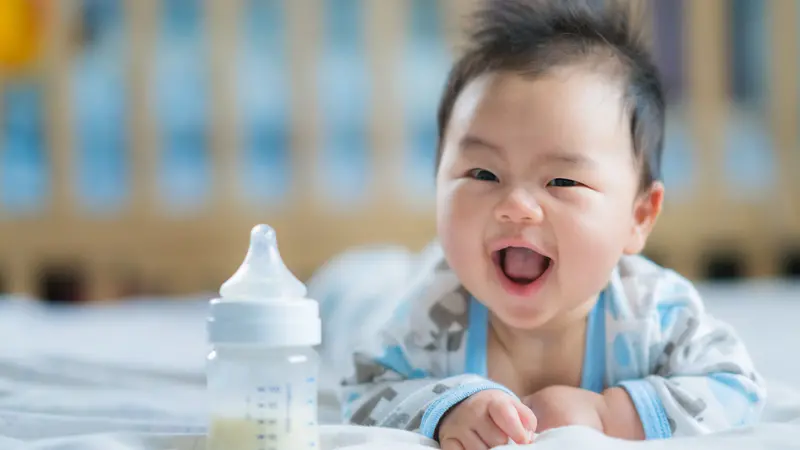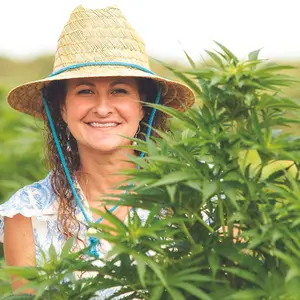

Professional

Professional
Scientists Making Strides Developing Human Breast Milk in the Lab
Experts agree that breastfeeding is the gold standard of infant nutrition, but not all mothers are able to breastfeed their babies. Scientists are making promising strides in developing a human breast milk substitute in the lab.
The American Academy of Pediatrics and the World Health Organization recommend feeding only breast milk for a baby’s first six months, but only one-quarter of babies in the US meet this recommendation. Mothers face a variety of challenges to breastfeeding, including not producing enough milk, experiencing pain, babies struggling to latch on, and workplace policies on parental leave and pumping milk.
For decades, infant formula has been the primary alternative for moms who are unable to breastfeed. In addition to nutritional shortcomings, most infant formulas place a high burden on the environment, commonly using ingredients such as palm oil, and dairy products that require large quantities of water to manufacture. A 2015 study suggested that for each kilogram of milk formula produced, approximately four kilograms of carbon dioxide emissions are generated.
The new lab-created breast milks promise to be more environmentally efficient, while providing a better nutritional profile that more closely resembles human breast milk.
One company, Biomilq, began the project of developing human breast milk in the lab after the founder, Leila Strickland, witnessed the unveiling of the first lab-grown hamburger back in 2013. The cell culturing technology used to create the hamburger, she believed, could be used for another potential application—that of human breast milk. Strickland, a cell biologist and a mother who herself had struggled to breastfeed, believed scientists could perform a needle biopsy on a pregnant woman’s breast to collect the cells needed to grow and produce milk in the lab.
After years of struggling to find funding, in 2020 Biomilq received $3.5 million from a group of investors led by Bill Gates. The company is now competing with other biotech firms to transform the infant nutrition industry, hoping to provide the first significant innovations in the industry in the past few decades.
Strickland and her business partner, Michelle Egger, a food scientist, agree that breast milk created in the lab will not have all the complexities of human breast milk, but they say their product will be more personalized than any other option in development. They plan to take breast cell samples from pregnant women to create individualized milk for those women to use when their babies arrive. They also have plans to create a more affordable generic option using donor cells.
Biomilq has already produced a liquid that replicates the main compounds found in breast milk and now are fine-tuning the process to most closely match the composition of natural breast milk. Strickland and Egger believe they will be able to complete the process within about two years.
REFERENCES
Gilliland, H. C. (2020, December 18). Startups are racing to reproduce breast milk in the lab. MIT Technology Review. https://www.technologyreview.com/2020/12/18/1013247/biomilq-breast-milk-helaina-turtletree/?


 By
By







